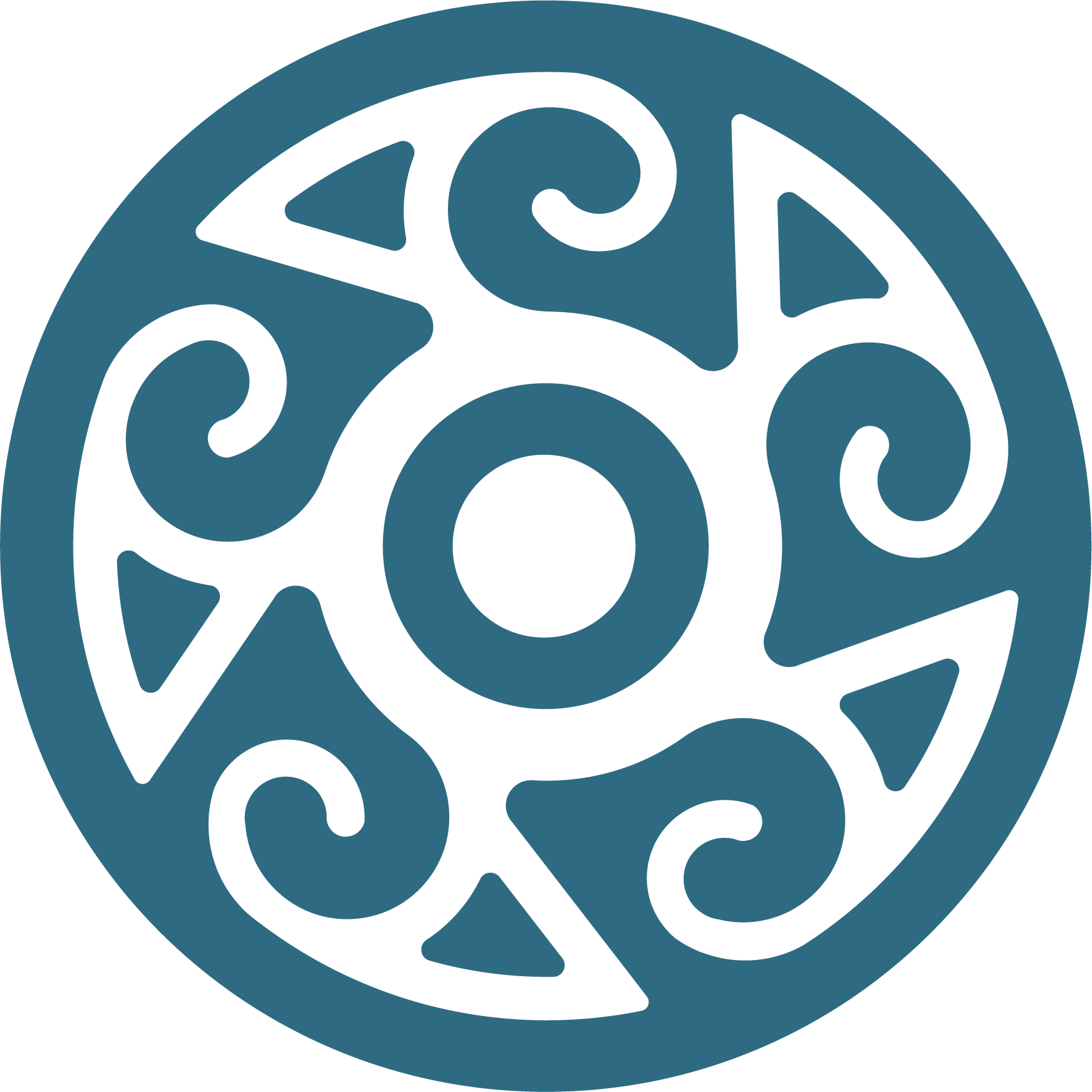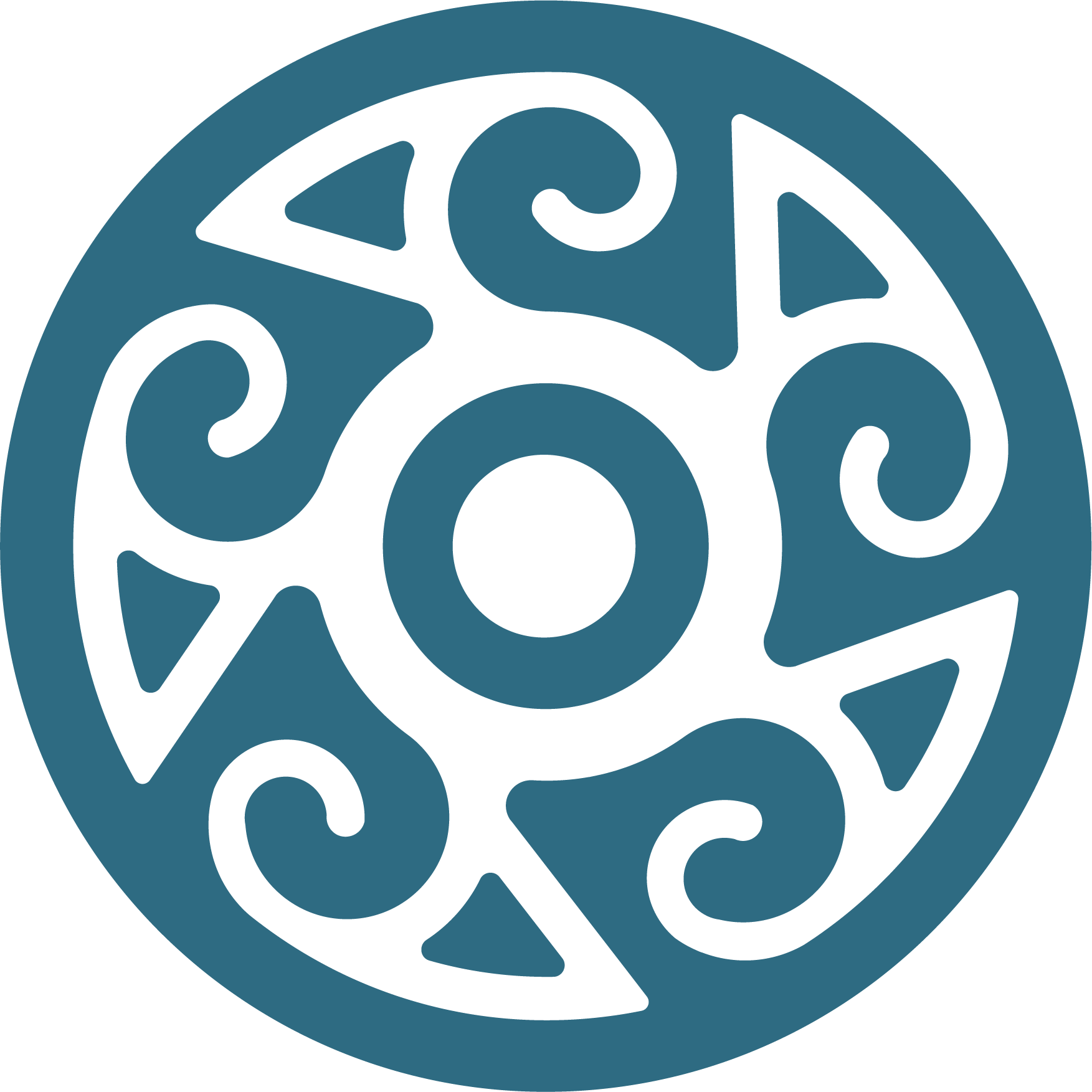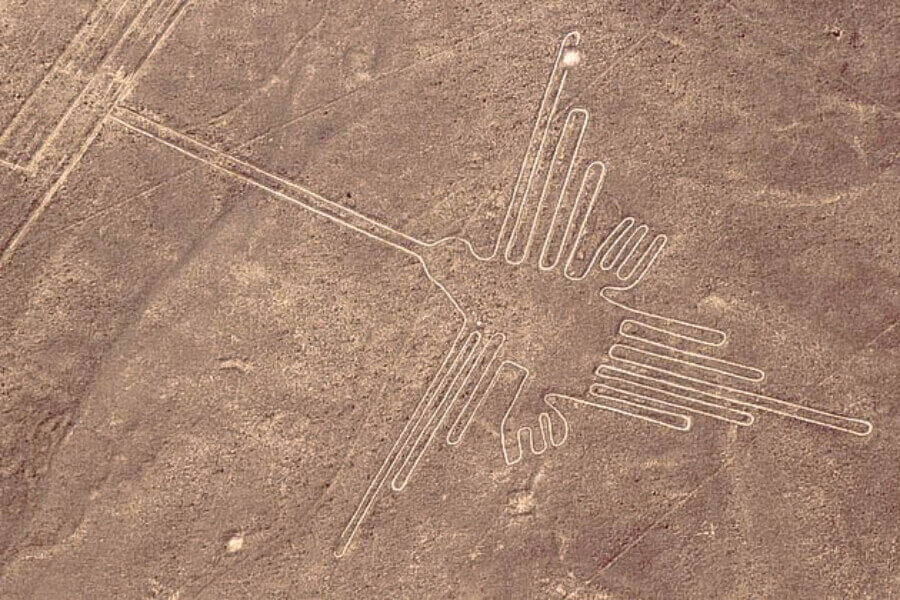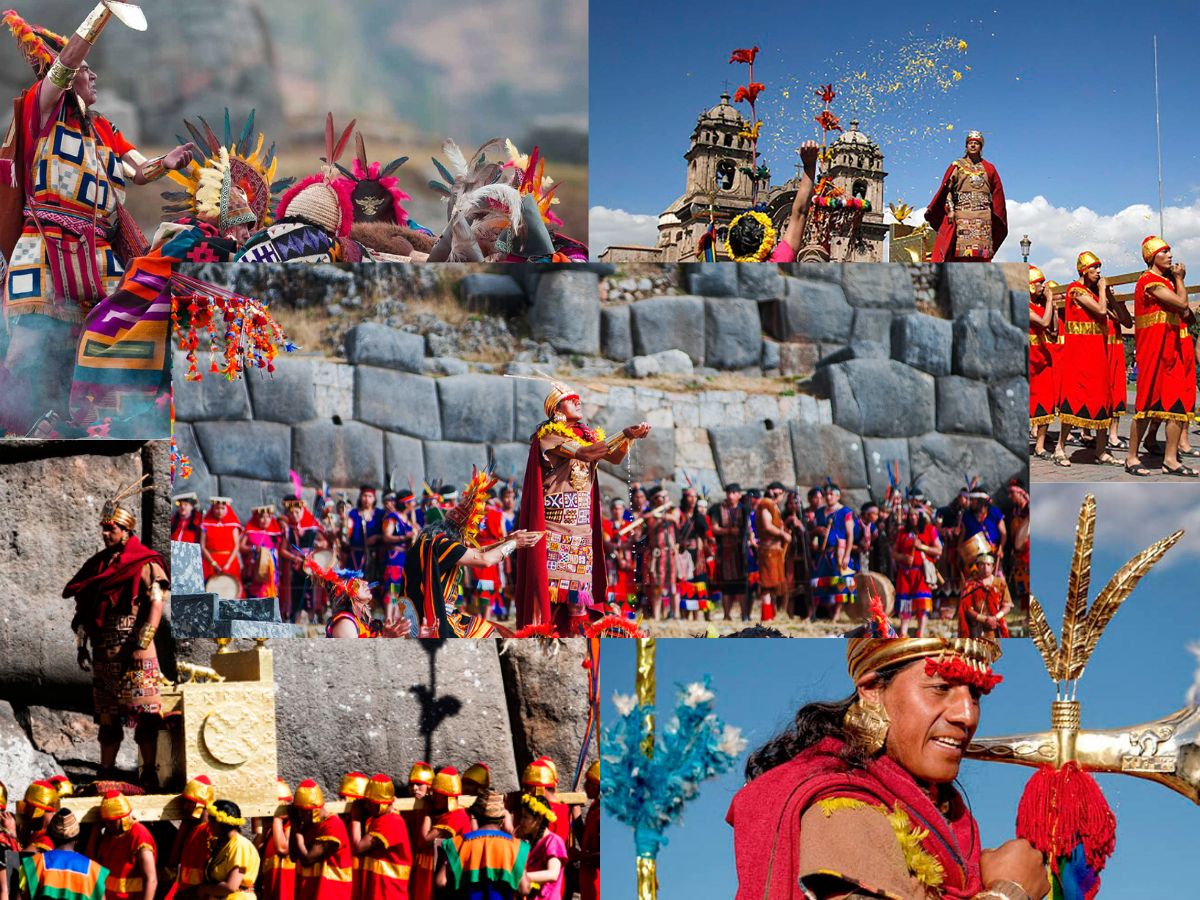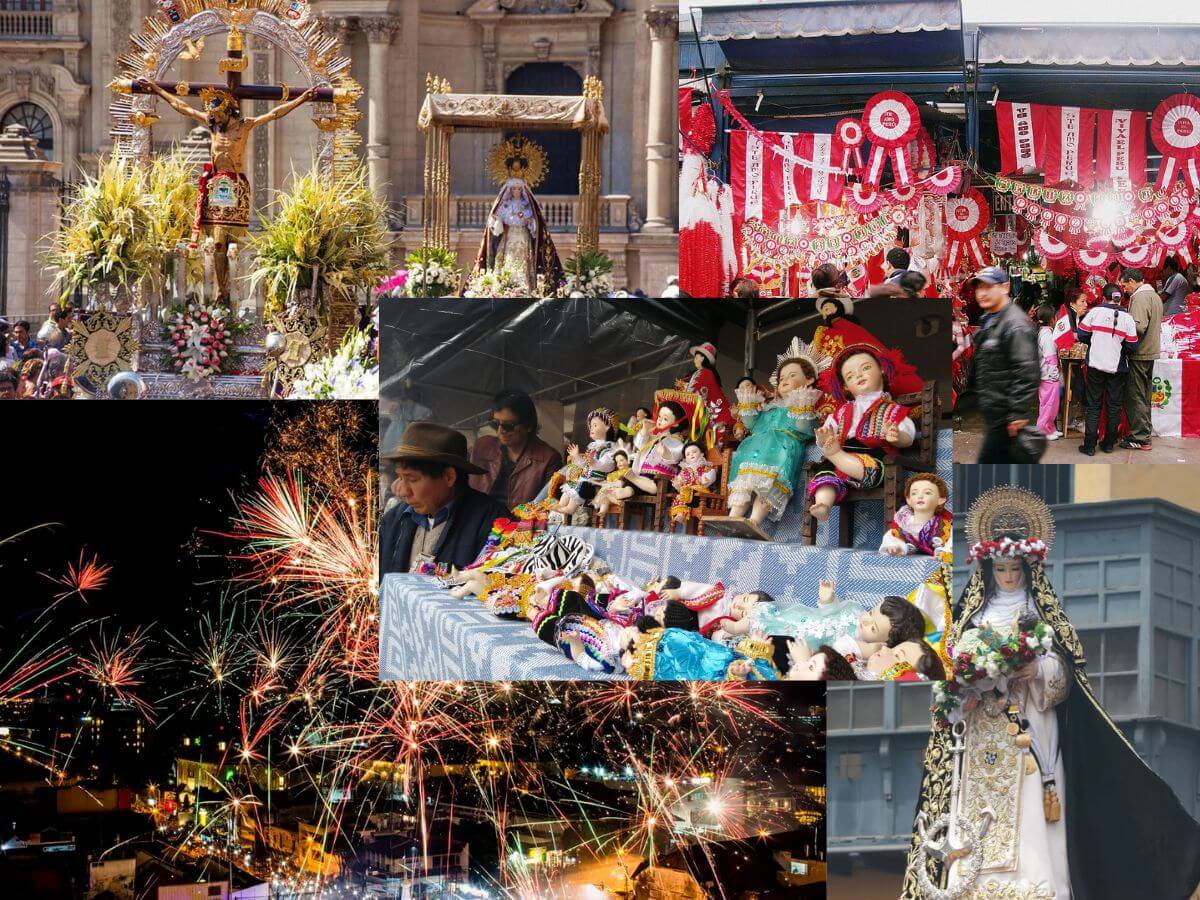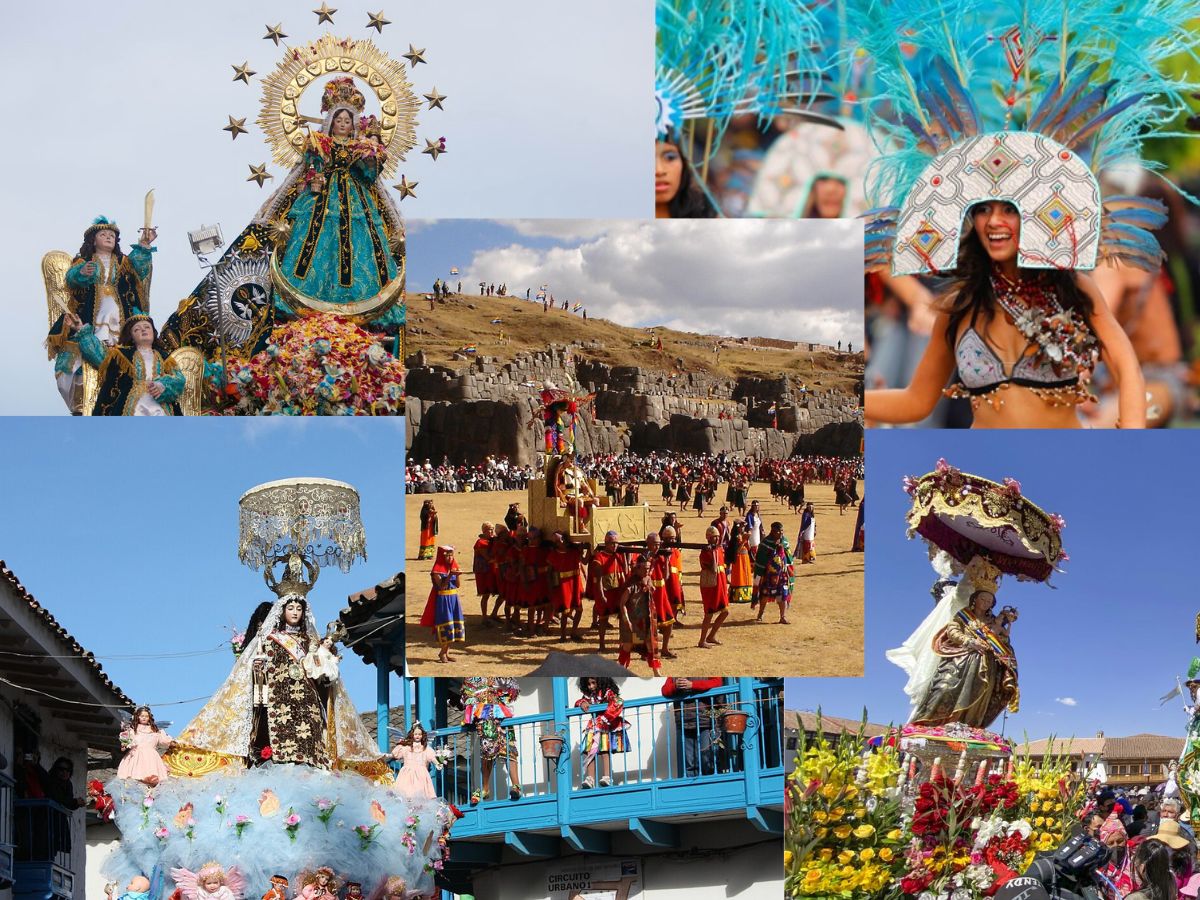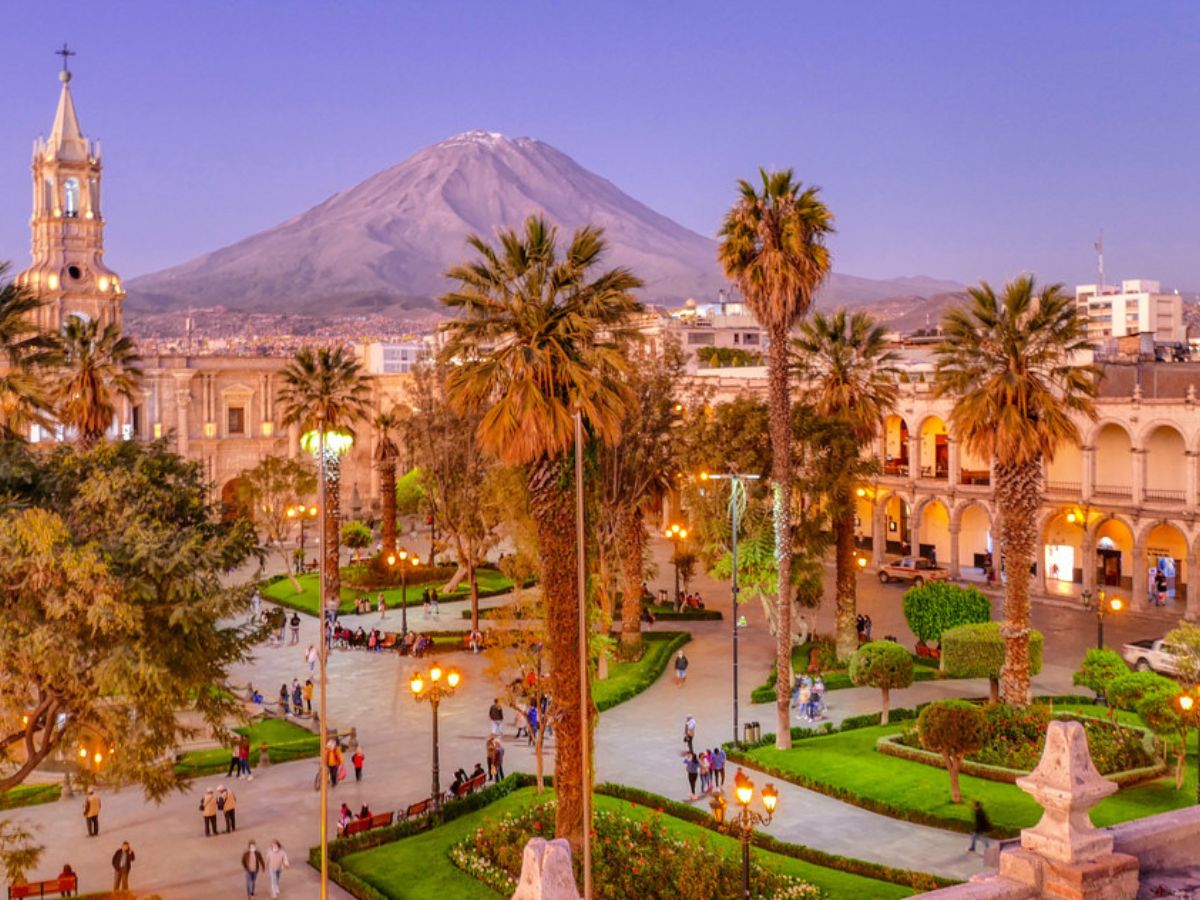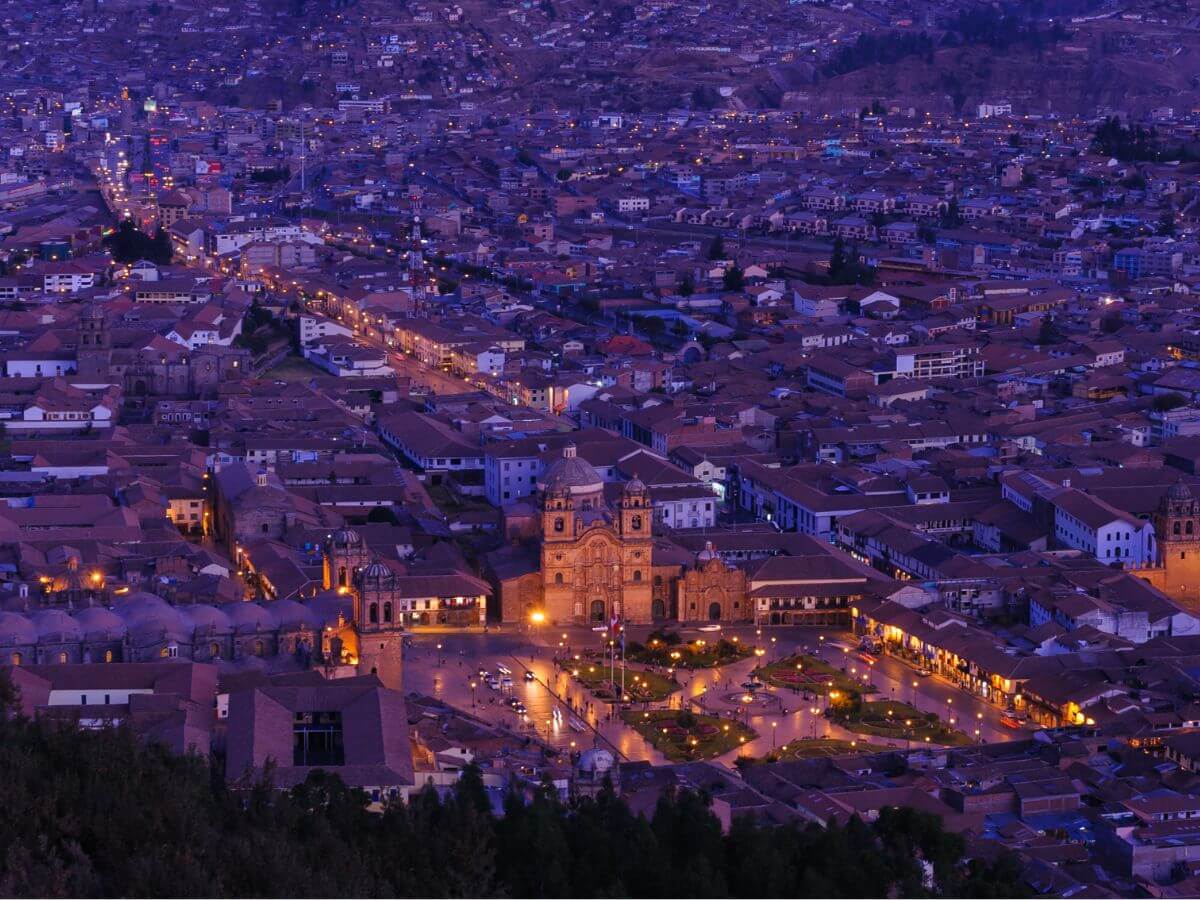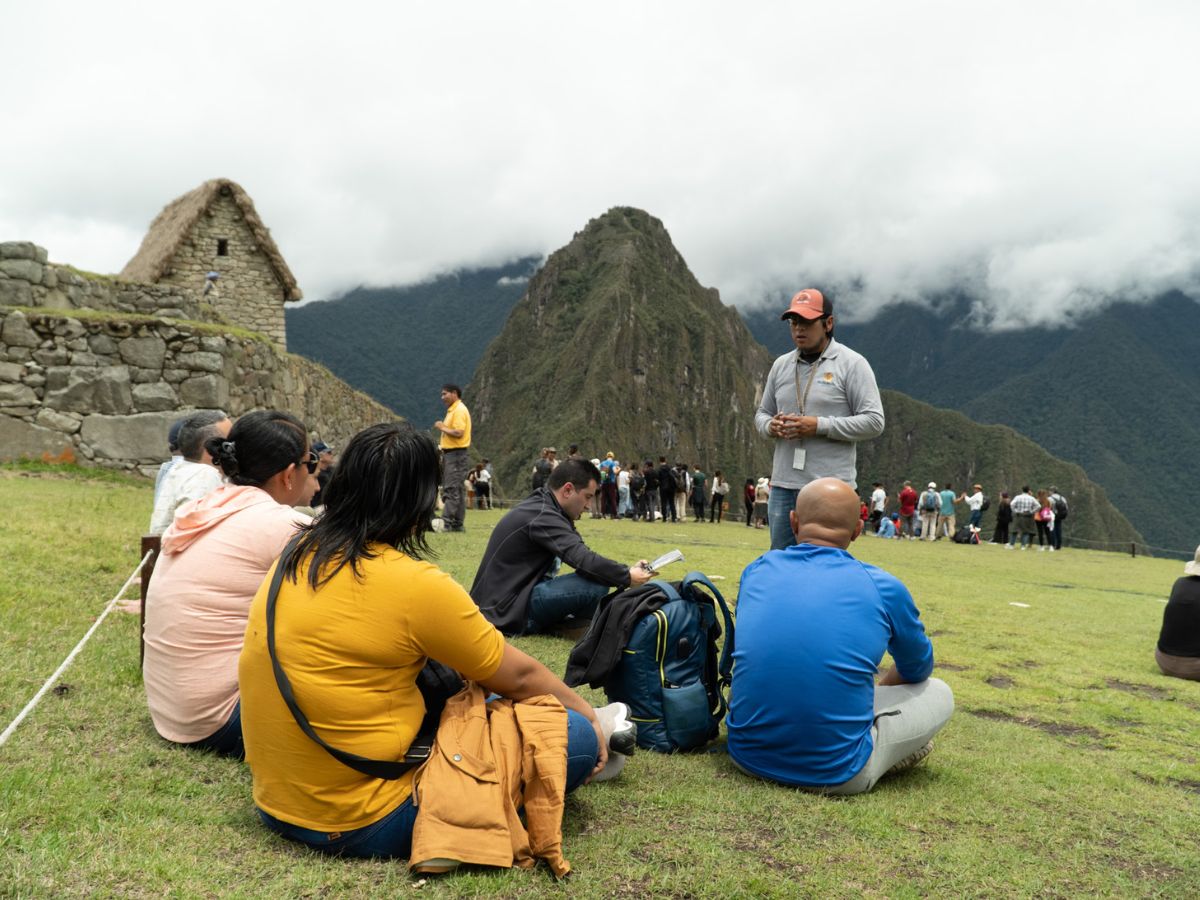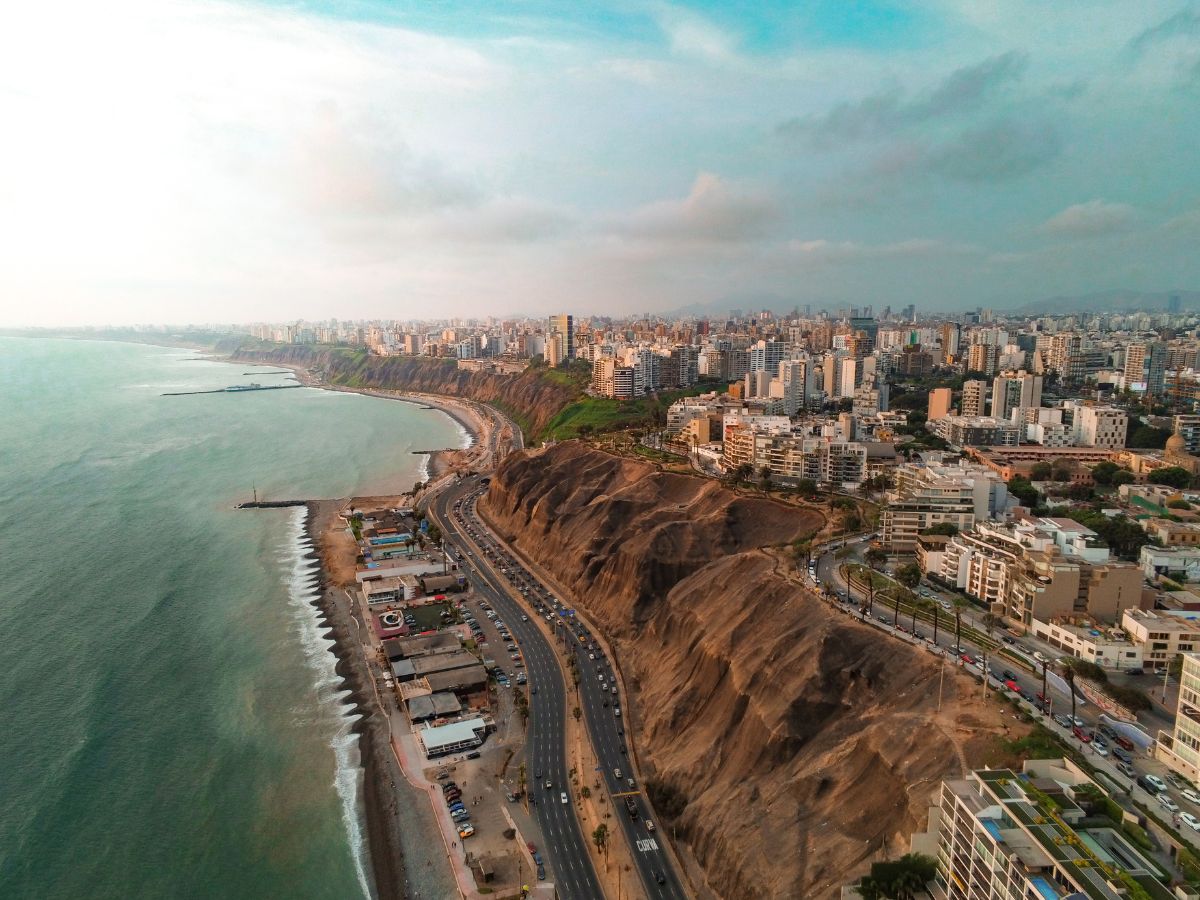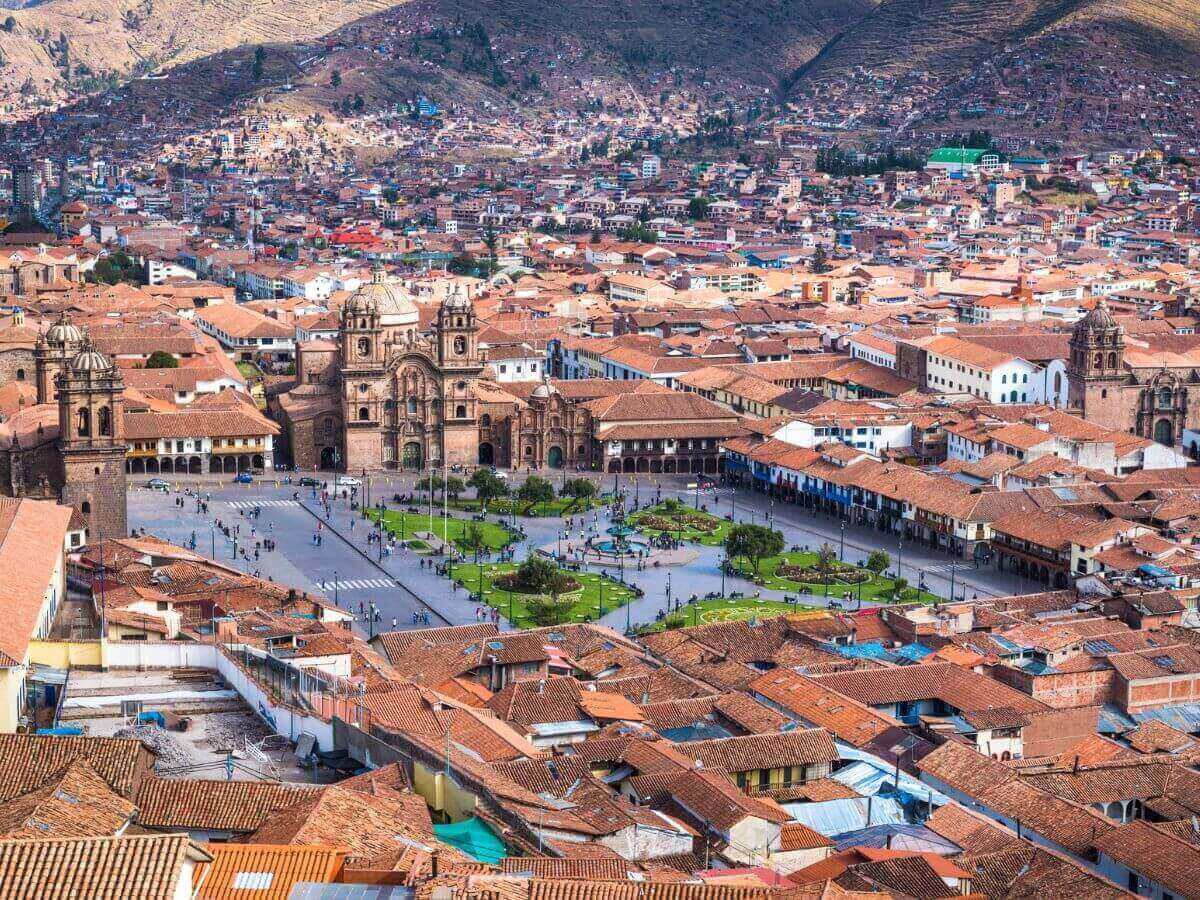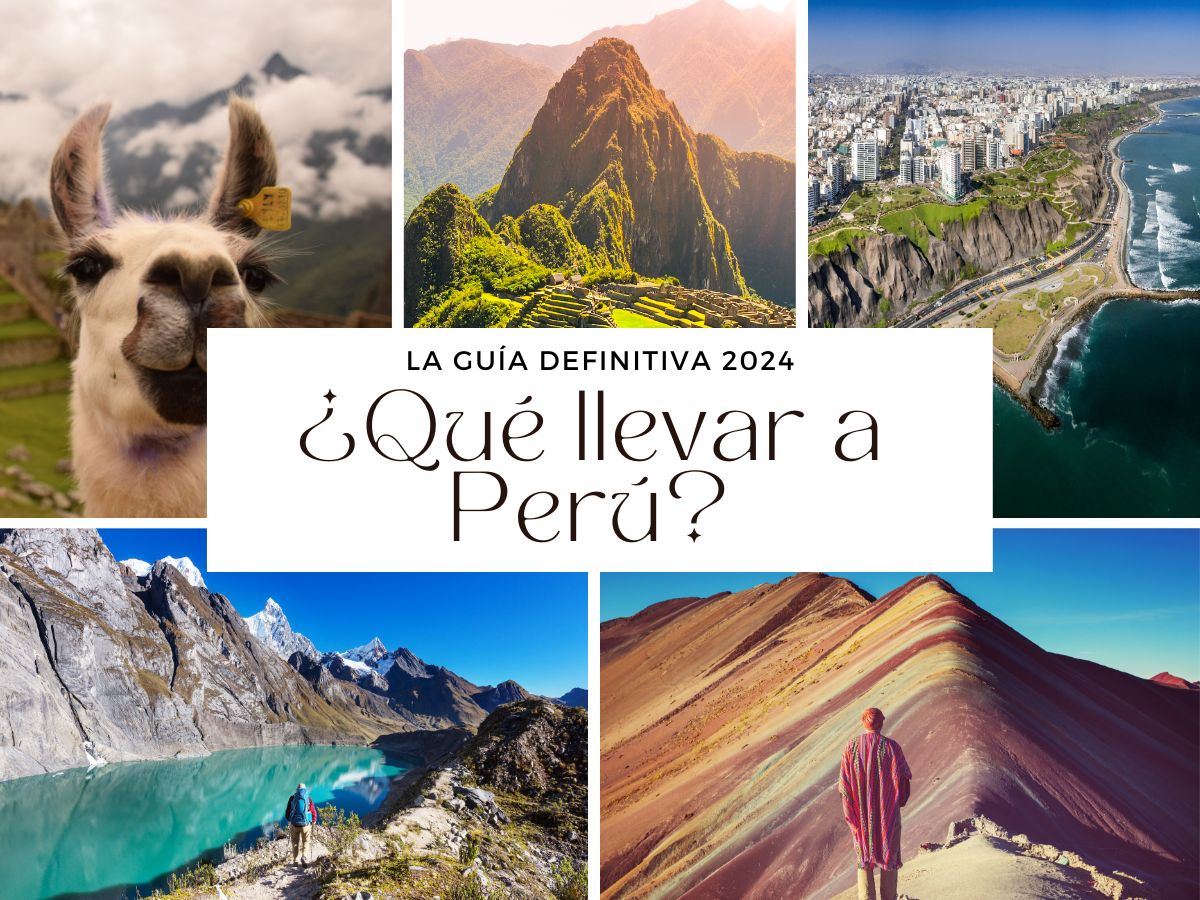The Nazca Lines Drawings – Details, Meaning and History
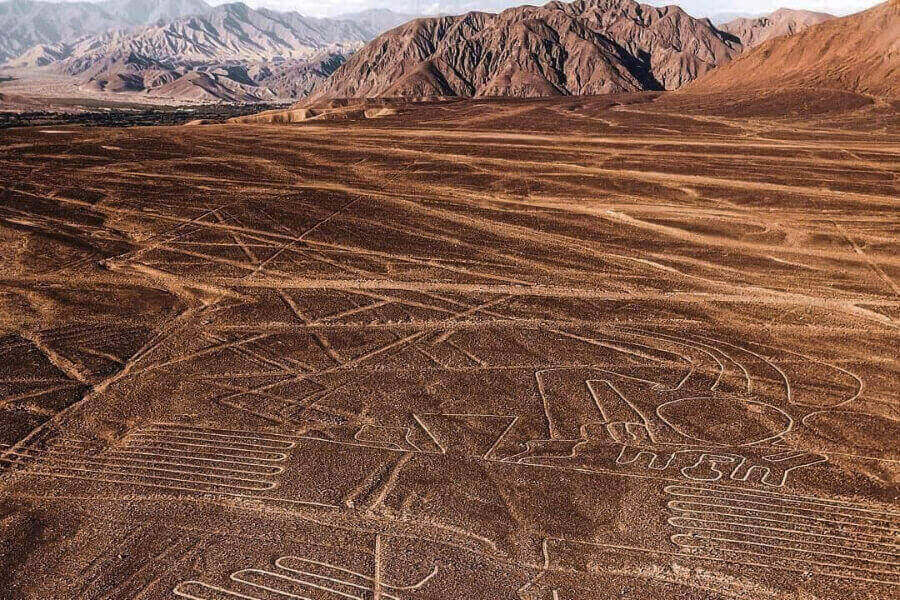
What are the Lines of Nazca?
The Nazca lines (Lineas de Nazca) are a set of giant geoglyphs on the ground; located in the desert of Nazca and Palpa, in the Peruvian coastal plain south of Lima, Peru. The variety of images of the Nazca lines vary greatly in size, shape and complexity of the figures.
The Nazca lines drawings are 2000 years old, made by the ancient Nazca culture in South America who represented it through the huge geoglyphs that can be seen only from the air. In 1994 it was designated as a World Heritage Site by the UNESCO, being a mystery to the investigators.
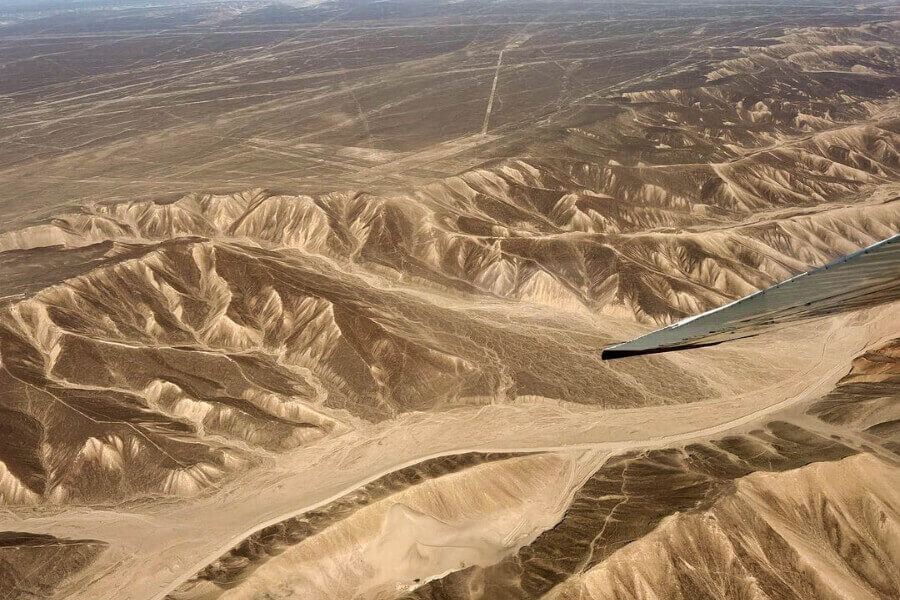
Currently, there are about 300 geoglyphs (drawings drawn on the ground) with geometric forms, anthropomorphic, zoomorphic and phytomorphic figures, with different lengths and shapes that extend throughout Nazca.
Here are some details of different drawings of the Nazca lines:
1. The Monkey
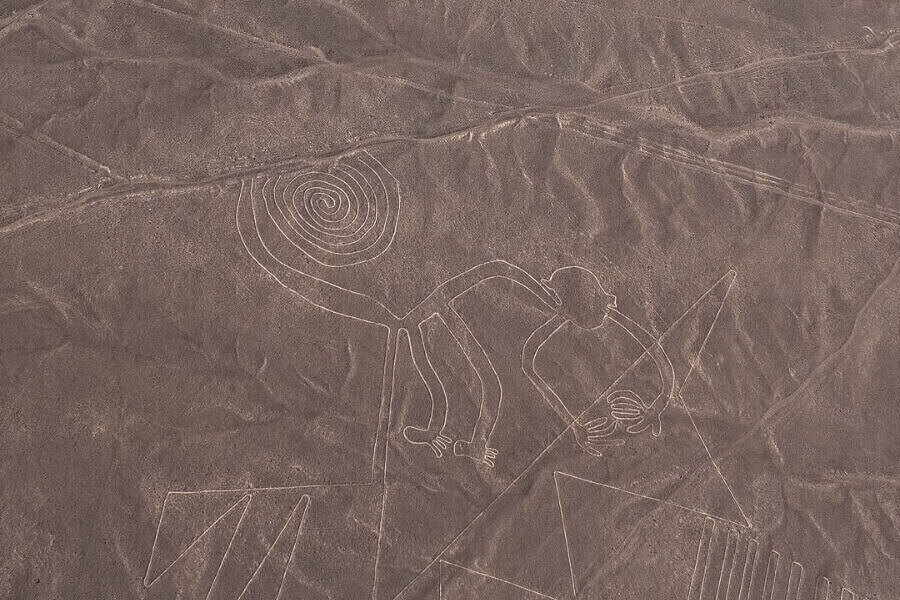
The Monkey is one of the most important geoglyphs, it measures about 330 feet long and about 190 feet high, it was discovered by Maria Reiche; Perhaps we wonder how there is a figure of a monkey, if the people of the Nazca culture reside in the jungle region and why is it represented in Nazca?
Well, this drawing of the Nazca lines has a relationship with the constellations and the beginning of the rainy season, being very important for Nazca.
This huge geoglyph has nine fingers and a spiral tail, which represents the big bear, this means that it was a very fundamental drawing of the Nazca line that would even be related to the trade routes of this civilization.
2. The Whale
The drawings of the Nazca lines are the best representation of the Nazca culture, as they worshiped various animals that represented their culture. Among them we can distinguish this huge animal from the Peruvian coast.
The whale is a drawing that you can easily see, because its design is not very complicated, but there is another whale geoglyph that looks more like an orca or killer whale, this second one is more complicated to distinguish, in addition, the investigations indicate that the whales were represented within the ceramics belonging to the Nazca culture.
3. Nazca Lines The Astronaut
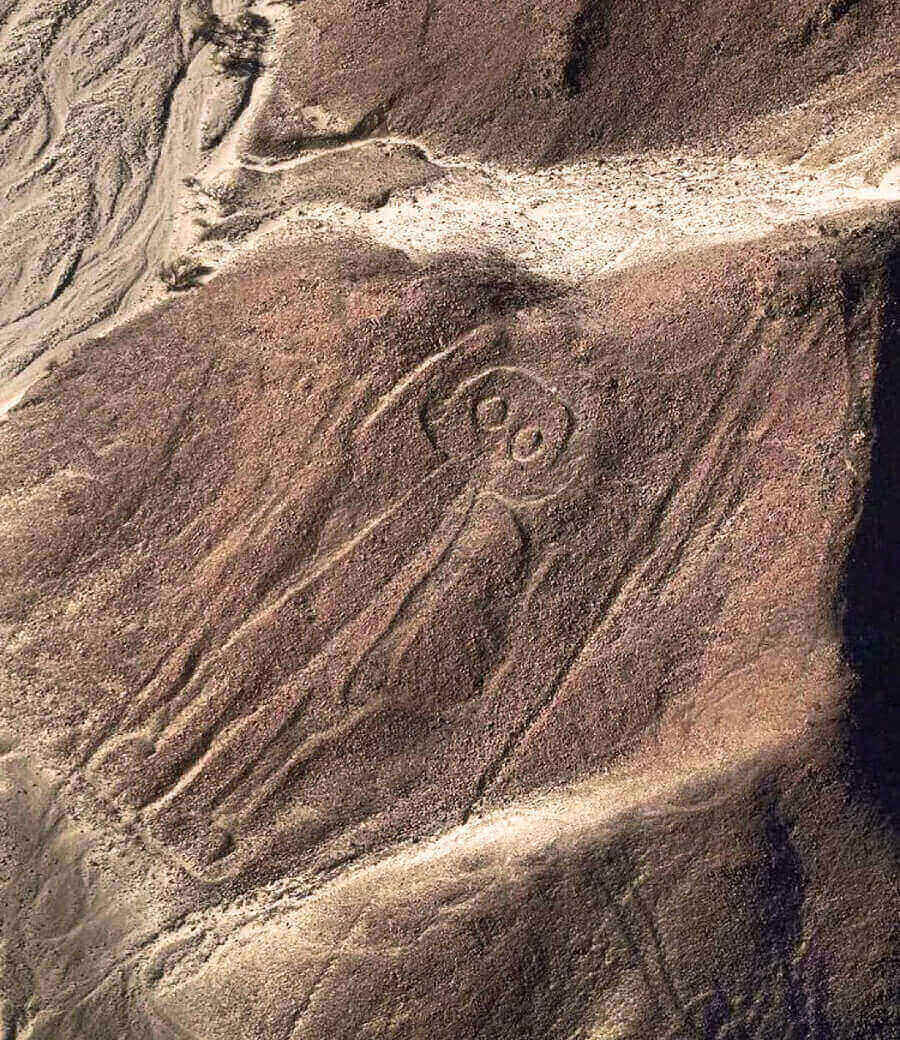
Another of the many geoglyphs that exist, it was nicknamed “the astronaut”, the giant or the owl man, because he has characteristics and was considered an enigma.
The figure has characteristic large eyes that represent fishermen on the coast, because it looks as if it is holding a fishing net.
Some researchers believe that it would be an older man in the case of the Paracas culture. Actually this image is still a mystery to many researchers; currently if you want to be able to appreciate the image you have to fly over the Nazca lines.
4. The Pelican
A very important geoglyph and for some investigators it would be the herald of the “Inti Raymi”, the solar festival of the Incas. The pelican or known as gannet, flamingo, cormorant and even phoenix, had a precision to guess the solstices.
It is represented in a winged body with a long zigzag neck, the drawing culminates with a head and narrow spikes that measure up to 935 feet in length, it could be said that it is one of the longest Nazca lines.
Another additional fact is that during the morning of July 20 and 23 you can see the sunset rising just at the end of its enormous peak, being one of the most ingenious works of the Nazca civilization.
5. The Hummingbird
All the Nazca lines are very significant for the Nazca culture and the drawing of the Hummingbird is no exception; For María Rostworowski, this geoglyph represented a flying God, respected and feared by the inhabitants, so much so that they served him an offering so that he would not punish them with the lack of rain.
It should be noted that Peru is home to many hummingbirds, with more than 125 recognized species, which is why the relationship of this enormous geoglyph is easy to distinguish, because they have well-defined wings with a distance of approximately 66 meters along with their long beak.
6. The Dog
Perhaps you have not heard of this drawing, and yes, there is a geoglyph of a dog that would be in the form of an alert. It is represented with an upright posture, straight legs and open ear and mouth.
Or It may also just be stretching, in fact, it’s believed that this representation would refer to the Peruvian dog or known as the Peruvian Inca Orchid. The geoglyph does not exceed 170 feet in length.
7. The Spider
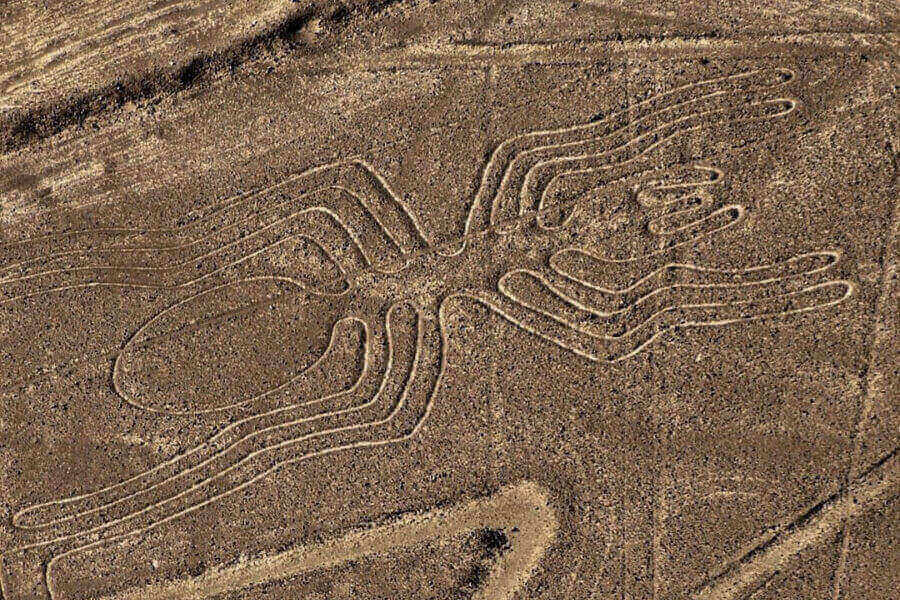
Another of the Nazca lines that is related to the rainy seasons, according to the researchers, indicates that living in an arid place, the inhabitants used the figures to avoid times of drought.
Therefore, the spider is the figure that stands out from the sky, it was one of the first geoglyphs discovered by Paul Kosok, the Nazca spider is about 150 feet long, being large enough to see it, this geoglyph also has religious aspects and astronomical
As detailed above, these two aspects are related to the rainy season.
Do you want to know the Nazca Lines? You can observe more about these lines with our Flight over to the Nazca Lines and other tours in the city of Nazca and Ica



